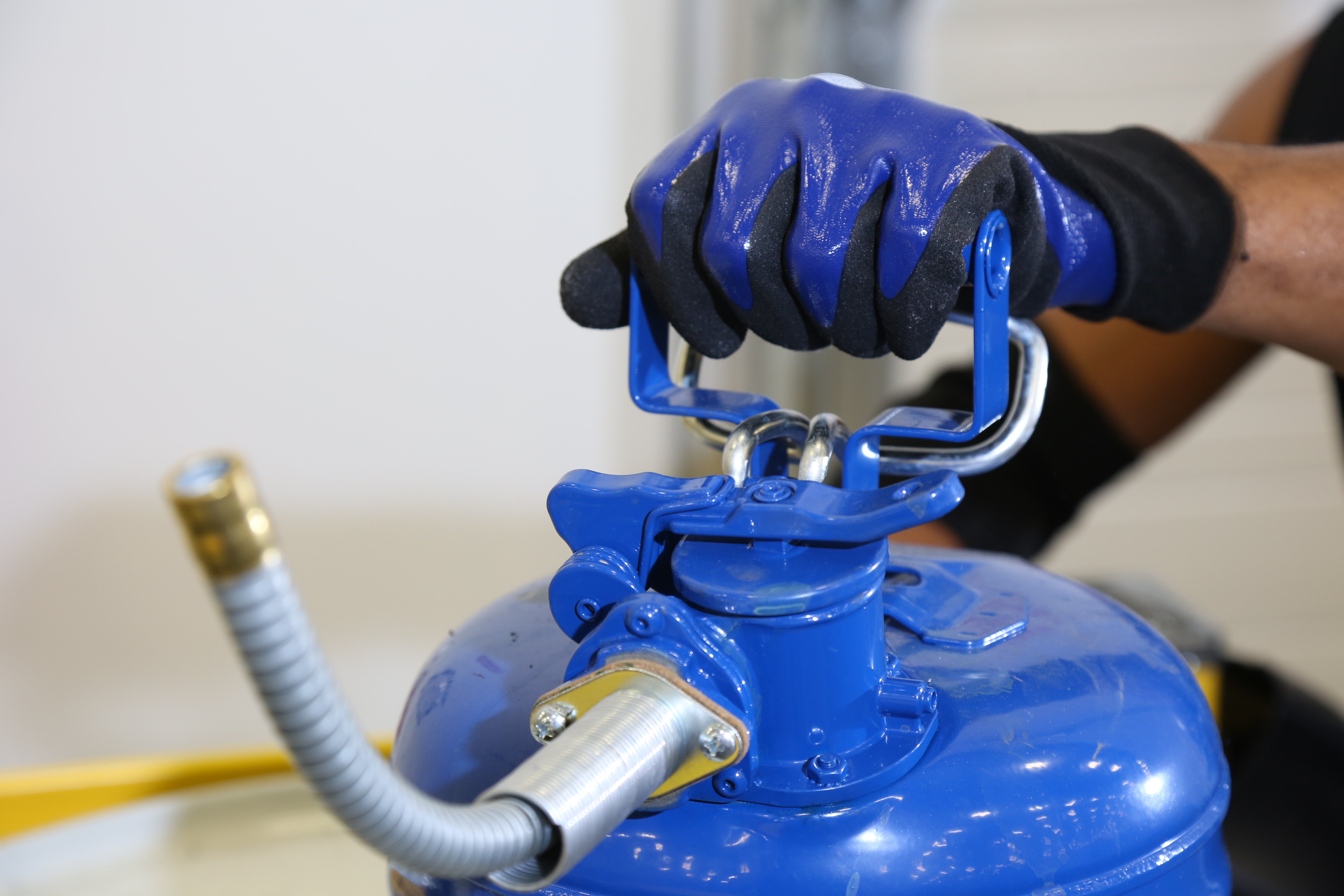
Understanding Dipped Gloves: Polyurethane vs. Latex vs. Nitrile
While leather gloves have been around for thousands of years, dipped gloves are relatively new. OSHA considers the last 50 years, the “golden era of hand protection.” One of the most significant innovations during this time was the creation of dipped gloves which was a game-changer for the personal protective equipment (PPE) industry.
Today, the PPE industry has moved even further beyond the original dipped latex glove and is able to offer a dipped coated glove in a variety of materials that are great for different industries and applications depending on the worker and job need.
Anatomy of Dipped Gloves
Like leather gloves, there are varying ways dipped gloves can be made and different elements that affect their makeup.
Liners are the first central component to a dipped glove. There are three main types of liners. Nylon, which is highly resistant to abrasions, highly absorbent, and has increased touch sensitivity and dexterity. Polyester, which is resistant to shrinking and stretching, plus is quick drying. Higher performance polyethylene (HPPE), which provides maximum strength cut resistance with minimum weight. There can even be a blend of these liners.
The gauge of the liner can impact rating and work application. Gauge is the number of stitches per inch. The higher the liner gauge the better the fit, dexterity, and tactile feel. 7g to 18g is the typical range gauge for dipped gloves.
Dipped Glove Coatings
The biggest factor in dipped gloved design is the type of coating used. There are three common types of coatings that vary in benefits and applications: polyurethane, latex, and nitrile.

Polyurethane
Polyurethane gloves are the value work glove. They have low particulate shed and offer good touch sensitivity, breathability, and dexterity. These gloves grip well without being sticky and have good tensile strength and abrasion resistance.
They are popular for jobs that require small parts handling, such as electronics, aeronautics, glass/sheet metal handling, or in clean rooms. Polyurethane gloves are not recommended for use above 175° F (79° C).
Latex
Latex gloves offer increased elasticity/flexibility in extreme temperatures (0° F/ -18° C to 300° F/ 149° C) and are cut, abrasion, and tear-resistant. They are well suited for jobs in both wet and dry environments. These gloves are often thought of as “rubber gloves” due to their resistance to water and alcohol.
Latex gloves are popular in construction, glass manufacturing, warehousing, and general materials handling. They should not be used around hydrocarbon, organic solvents, flames, or by people with a latex allergy.
Nitrile
Nitrile gloves are a great latex alternative that absorbs oil and has an outstanding grip. Nitrile micro-foam gloves are three times more puncture resistant than rubber, though not as durable. They are also breathable and water repellant.
Sandy nitrile gloves have a strong grip in wet, dry, and oily conditions. Oil will not penetrate the glove as with micro-foam. However, sandy nitrile gloves are not as breathable due to their manufacturing process.
Both types of nitrile gloves are good to use in oily areas, construction, sanitation, glass/sheet metal handling, agriculture, and automotive/aircraft maintenance. They should not be used around adhesives.
Grip
Grip is another main component of a glove. The different coatings offer varying types of grips that can affect what environments they work best in. There are five main grips:
- Smooth – great dry grip, does not absorb liquids.
- Micro-foam – excellent dry grip, enhanced touch sensitivity, channels liquids away.
- Crinkle – outstanding grip in wet and dry conditions, channels liquids away.
- Sandy – enhanced grip in wet/harsh conditions.
- Pattern – durable, reinforces grip performance.
Manufacturing Process
The manufacturing process for dipped gloves is far different from that of leather. It also varies by glove coating type. The first step for the three main coating types is the creation of the liner. That is when things start to diverge.

- Polyurethane gloves are dipped once in the coating which permeates through the glove (making it a bit thinner than other types).
- Latex gloves are dipped first in an anti-penetration agent, then in latex. If they have a crinkle palm, they are dipped in a coagulate as the final step.
- Nitrile micro-foam gloves are first dipped in nitrile and then sprayed with shower to create a foam effect.
- Sandy nitrile gloves are dipped in nitrile, then micro-foam nitrile, followed by salt. Finally, they are washed to remove the salt which reacts with the foam to create a sandy feel.
Dipped Glove Safety Standards
The American National Safety Institute (ANSI) creates safety standards by which gloves are tested in the US. This organization is influenced by industry experts, consumer groups, and government bodies in order to help classify safety equipment. For dipped gloves, many factors are included in the standard to best test glove safety. These factors include cut resistance, puncture resistance, abrasion resistance, and back of hand impact protection. Each of these factors is measured on its own scale and the level of protection is denoted on the glove and its packaging.
No matter what industry PPE is needed for, Pyramex gloves are sure to increase worker safety and help workers perform at their peak.
Stay tuned later this year for a blog post designed to help you choose the right gloves based on your worker's needs. Questions in the meantime? Let us know!





